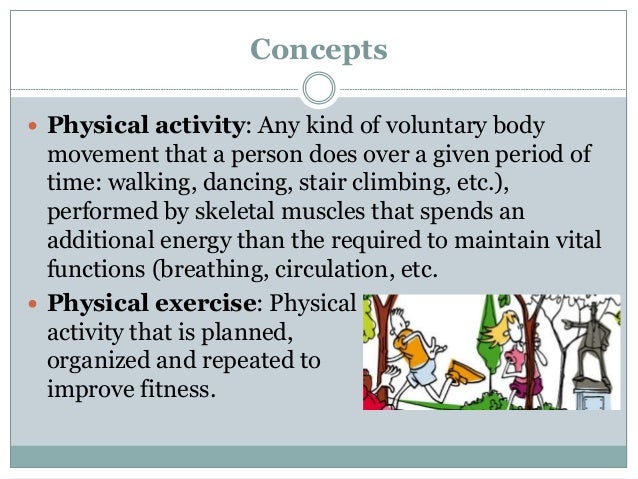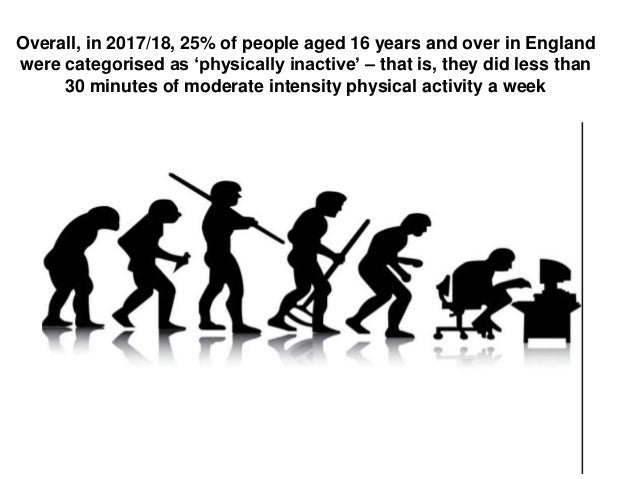
Cohort studies follow a population to observe how physical activity levels or habits affect the incidence of disease or mortality. Epidemiologic studies include cohort, case-control, and cross-sectional research designed to estimate the relative magnitude or strength of an association between physical activity or cardiorespiratory fitness levels and a specific health outcome. Viduals who develop specific diseases or health conditions and those who do not. Total activity levels-purposeful physical activity or exercise, as well as utilitarian physical activity that occurs in the home, at work, and in travel-are of interest. Health is broadly defined as a “state of complete physical, mental, and social well-being and not merely the absence of disease or infirmity” (WHO 1946). This study uses the broadest possible definition of physical activity because all types of such activity contribute to health.

For example, achieving a certain level of cardiorespiratory fitness-a health-related fitness goal-requires an increase in cardiorespiratory endurance that can either help reduce the risk of cardiovascular disease or improve the life and overall health of a person who already has the disease.Įxercise is considered a subcategory of physical activity and has been defined as “physical activity that is planned, structured, repetitive, and purposive in the sense that improvement or maintenance of one or more components of physical fitness is the objective” (Caspersen et al.

Depending on the individual’s performance or health goal, specific attributes of physical fitness become more important (Caspersen et al. Related fitness or health-related fitness (DHHS 1996).


 0 kommentar(er)
0 kommentar(er)
